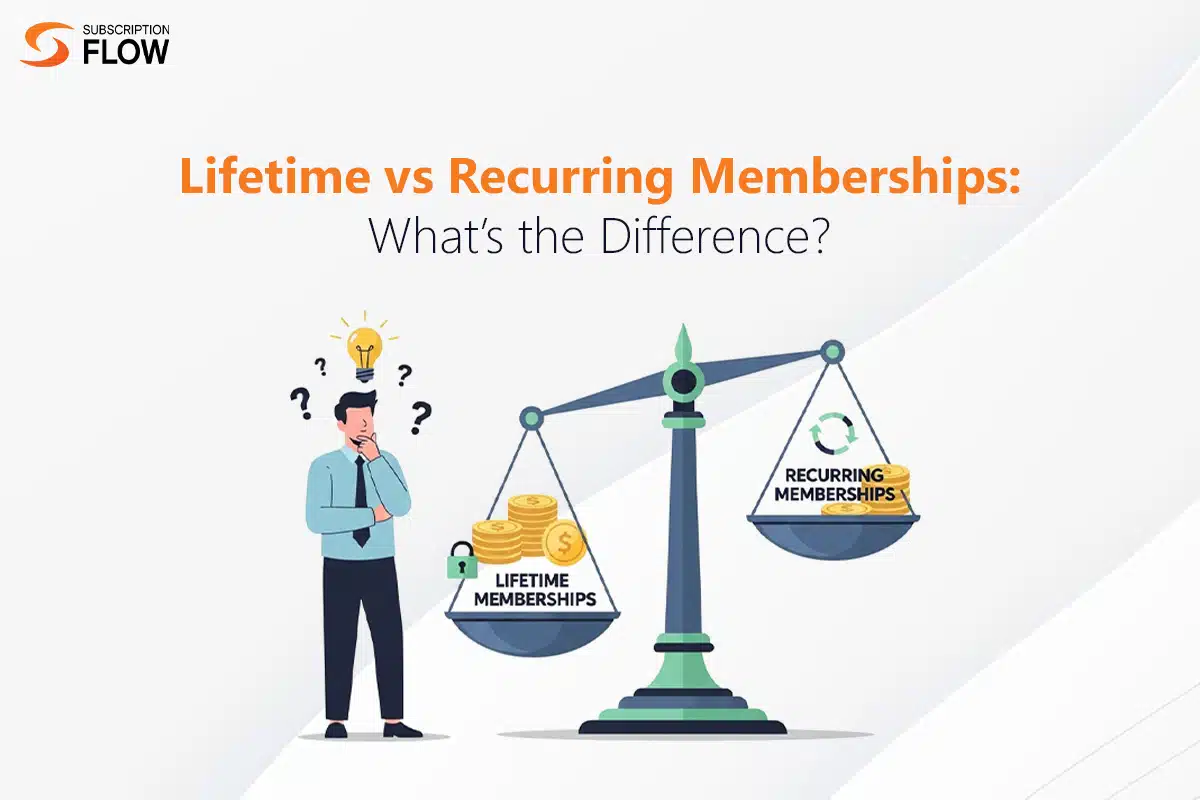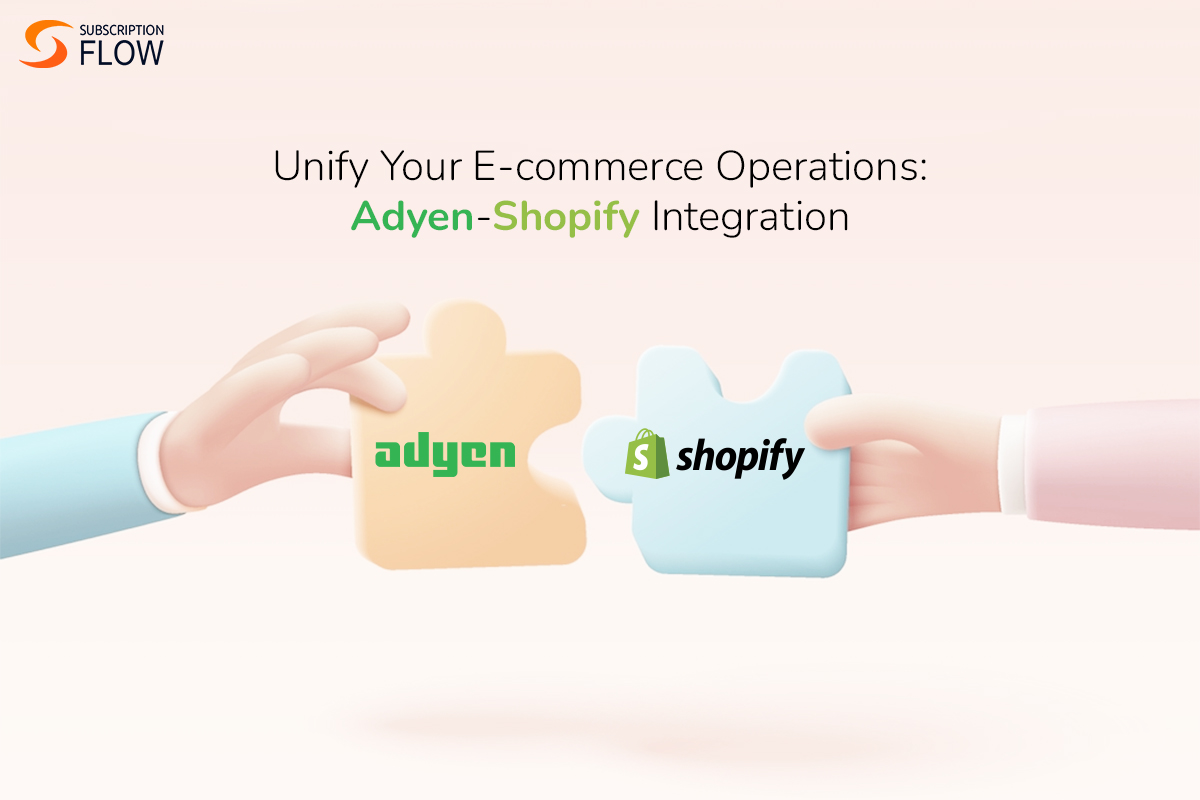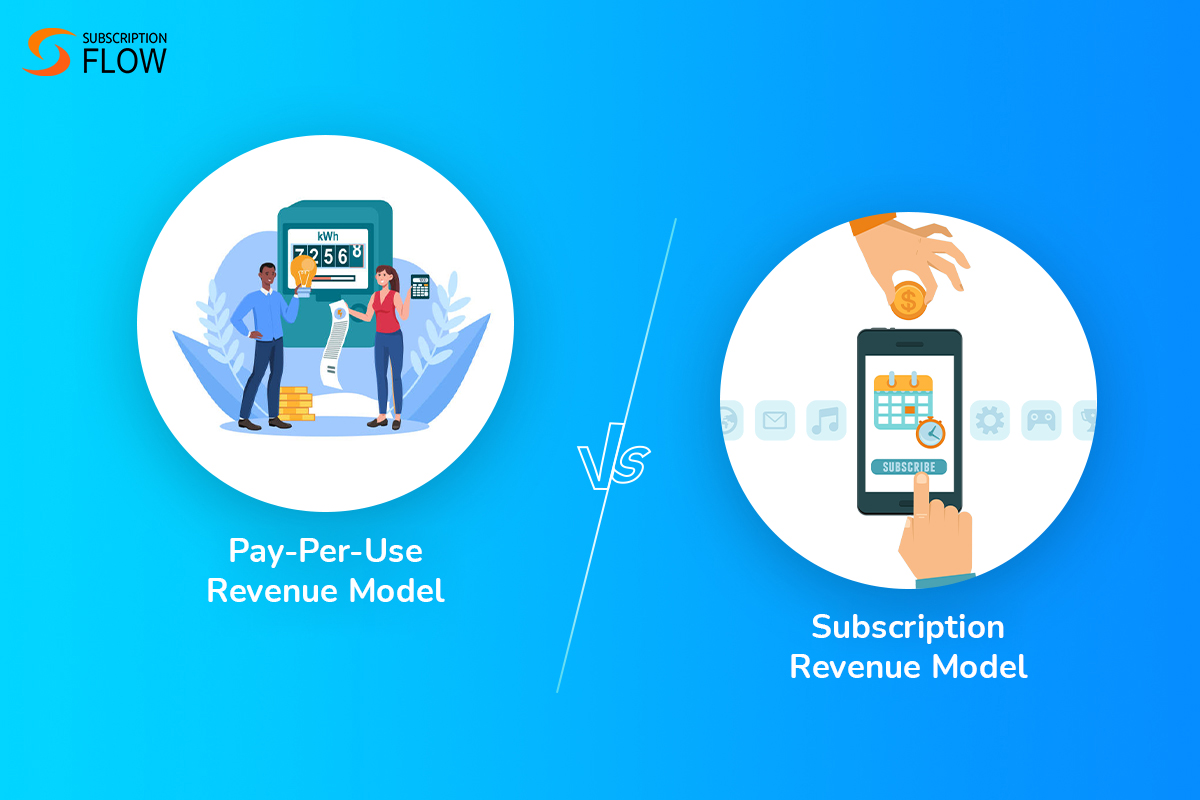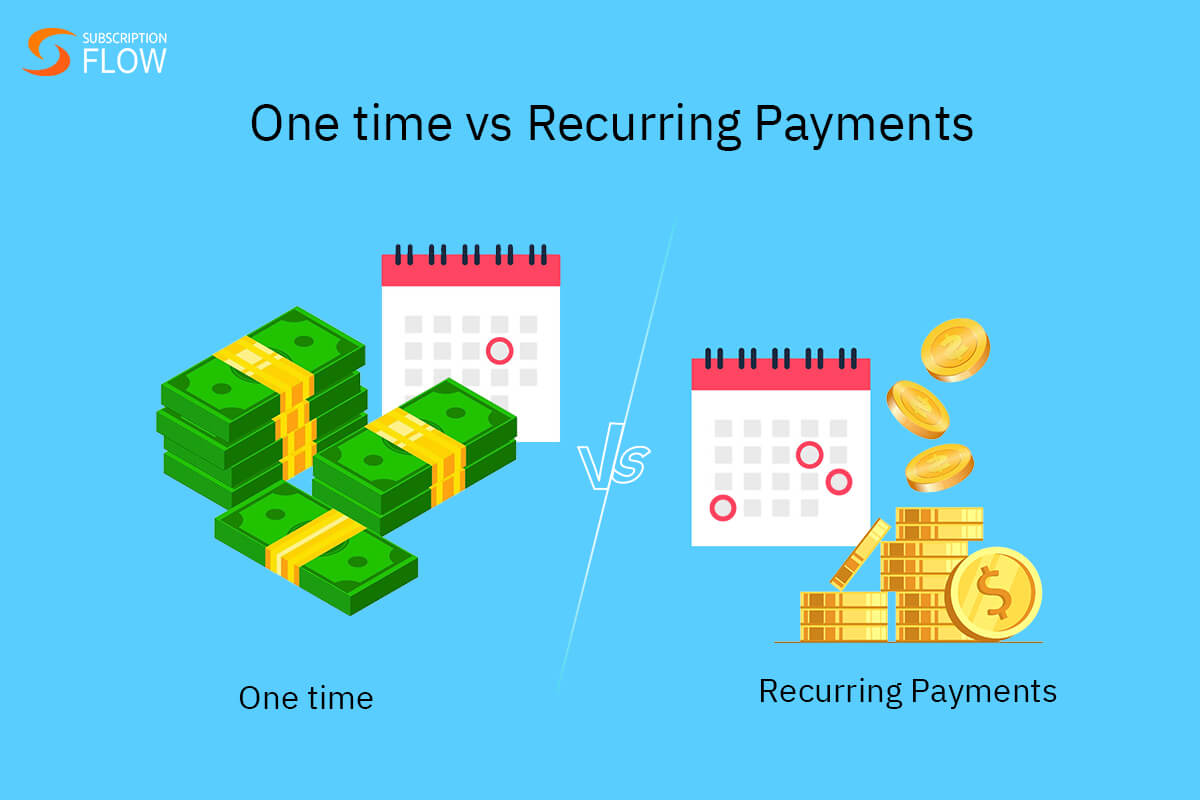
Lifetime vs Recurring Memberships: What’s the Difference and Which is Better for Your Business?
Memberships come in two forms. Members either have to immediately commit for life, or build trust slowly and steadily. That’s how lifetime and recurring memberships mainly differ. The first demands a one-time plunge, and the latter fosters relationships with customers one cycle at a time.
But which of the two models best fits your business? The solution varies depending on your goals, target market, and membership platform flexibility. So let’s find out how lifetime vs recurring memberships work to determine what fits your business better.
What is Lifetime Membership?
Lifetime memberships require one-time payments, and grant an evergreen access to services in return. They employ the pay once, stay forever strategy. A business considering offering a lifetime membership must know its pros and cons:
Pros
- The business gets to acquire all its revenue upfront thanks to the advance payments. This instant boost in revenue drives its operations. Each member’s payment covers the cost of their service delivery.
- There is no billing cycle, only the initial payment. Billing cycles are periods in which recurring payments are expected. Since there is only a one-time payment, there’s no need for setting up billing cycles.
- There is no churn or payment loss. Customers are expected to pay for the membership in full. This payment signifies their lifetime commitment. This means that they cannot cancel and ask for refund, however, each business might have different policies regarding this. Since customers cannot technically cancel, there is no churn and revenue loss to be faced.
- This model is best for a target audience that doesn’t like recurring billing. These customers find one-time payments more convenient.
Cons
- The payment is one-time, and that is why it is costly. It covers the costs of an entire lifetime’s worth of services. Not all customers are happy paying such a huge amount upfront, especially when they are unsure about the membership’s service quality. Therefore, this model might result in a lower acquisition rate.
- Businesses cannot benefit from recurring revenue. Collecting a customer’s total payment in advance does boost revenue, but also creates a bigger liability for the business. Moreover, it’s harder to plan far into the future, say 2 years, with the money acquired in only one day. Unforeseen costs may surface over time.
- Service delivery costs may experience a rise over time due to economic factors such as inflation. In this case, the customer’s deposited amount isn’t enough to sustain operations for a long time.
- Keeping members engaged is not easy. Since there are no billing cycles, there are limited points of interaction for the business and its members. This means that there are limited upselling and revenue scaling opportunities too.
What is Recurring Membership?
Recurring memberships work like subscriptions. They provide continuous service to customers in exchange for recurring payments. These payments are collected through specific billing cycles, with monthly and yearly cycles being the most popular. A business considering offering a recurring membership must know its pros and cons:
Pros
- Cash flow is more predictable. Once a member joins you, you can expect their membership payment each month. This makes financial planning easier too, as payments are received in smaller, more digestible chunks, paving the way for sustainable operations.
- Businesses can revise their membership fees in the future too. Updating prices is important to counter the changing economic conditions, and to remain profitable and competitive.
- Since financial management is more streamlined, businesses can allocate costs for continuous service improvement. They can introduce new services as well, making the membership more valuable and in line with customer demands.
- Businesses have more opportunities to interact with their members. That’s because members are billed regularly, and they are often given their own member portals too where they can oversee their membership plan. Due to increased engagement, it is easier for businesses to upsell, and turn their regular members into high-value ones.
Cons
- There is always a risk of churn and payment failure. The more frequently payments need to be collected, the more possibility of failure there is. Payment failure can be caused by various factors such as expired cards.
- Memberships must always be at their best performance so that customers continuously perceive value. This entails making regular service improvements, and finding out more ways to keep members satisfied. Otherwise, if customers stop seeing their membership’s value, they are more likely to opt out of it.
- Members and their payments need to be managed more proactively. Businesses must retain members no matter what, and for that, they need to deliver them smooth experiences. Having your own membership management software helps a lot, and enables you to overcome all member billing challenges.
Lifetime vs Recurring Memberships: Key Differences
The lifetime and recurring membership approaches work in totally different ways. These are their major differences:
- Revenue Timing
Lifetime memberships collect each member’s entire payment upfront. This means that revenue is generated from each member at once. Recurring membership, on the other hand, collects revenue on a monthly or yearly basis.
- Membership Renewal
The membership renewal concept only exists in the recurring membership model. Services are not permanently activated for the members, but only for the duration they paid for. For instance, a month. After the completion of a month, the members must pay again to renew membership, and service access.
- Churn Risk
In a lifetime membership, there is full customer commitment. So, there is no backing out or churn. In contrast, it is common for recurring memberships to face churn as members can leave whenever they want to. These memberships also have to keep strengthening their retention strategies to minimize churn.
- Engagement Challenge
It is difficult to keep lifetime members engaged. That’s because they have essentially bought their membership outright. And like most transactions, once a customer purchases something, they may not feel the need to engage with the business further.
Recurring memberships, on the other hand, have to deal with a different challenge. They have to keep their members from cancelling. Ensuring high engagement levels is one way to keep members retained.
How Membership Management Software Helps
Membership management software like SubscriptionFlow offers full-fledged support to recurring membership businesses. It helps them manage their payment cycles, analyze performance, handle member accounts, keep comprehensive member database, among other things.
These are some ways recurring memberships benefit from this software:
- Automated billing cycles
Automation has long left paper-based billing behind. Software like SubscriptionFlow help recurring memberships generate invoices and collect payments on autopilot. First, businesses set up their desired billing cycles in SubscriptionFlow, like monthly, and then run these cycles automatically.
All members are invoiced and billed according to their billing dates, and no manual input is required from the business’s end.
- Failed payment retries
Failed payments are retried by the system automatically. The software saves the members’ payment methods in its database. Whenever a payment fails, the software charges this payment to the given method repeatedly. This ensures that the payment is fetched as fast as possible, and membership is renewed without significant delay.
- Charge proration
Recurring memberships give their members the option to change or cancel their plan. In either case, they need to prorate members’ charges, meaning, they need to adjust their payment amounts according to the changes made. Membership management software automates proration, ensuring accurate and fair charge adjustments.
- Secure member database
Businesses don’t have to keep their members’ data on spreadsheets that can easily be misplaced. The software stores all their data securely on cloud where it is easily accessible. To take accessibility one step further, SubscriptionFlow offers businesses its intuitive dashboards.
Through these dashboards, they can access all their member data such as subscription status, and payment method.
- Hybrid memberships plans
Suppose you want to offer both recurring and lifetime membership plans, what then? The answer is, with the right membership management software, you can do that. You can set up tiered and hybrid membership plans. For instance, a plan offering unlimited service access for $500, and a plan offering monthly recurring membership for $50.
The software lets you manage both plans effortlessly. It also provides you with engagement tools, like self-service portals, that keep members connected to your business.
So Which Membership Model is Right for You?
Your choice between recurring vs lifetime memberships depends upon the benefits you would like to receive, and the nature of services you offer. Lifetime membership is the appropriate fit for you if your services are of evergreen nature, i.e., don’t require frequent updates. It is also great for acquiring loyal customers, and collecting large amounts in advance.
In contrast, recurring memberships are best if your services evolve constantly, and require regular upgrades. They allow you to build a stable cash flow, and promote greater sustainability in operations.
If you’re thinking of recurring or hybrid memberships, sign up with SubscriptionFlow today. The software elevates your billing processes, and makes membership management hassle-free and automated.










